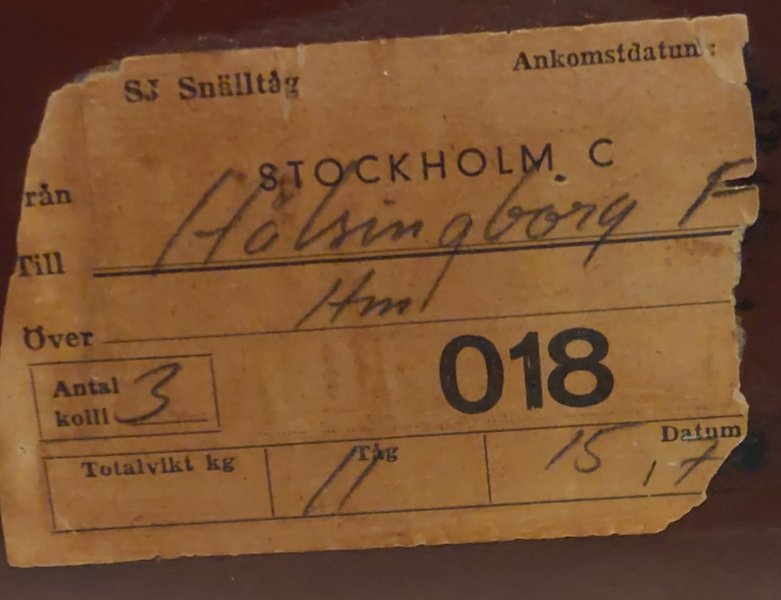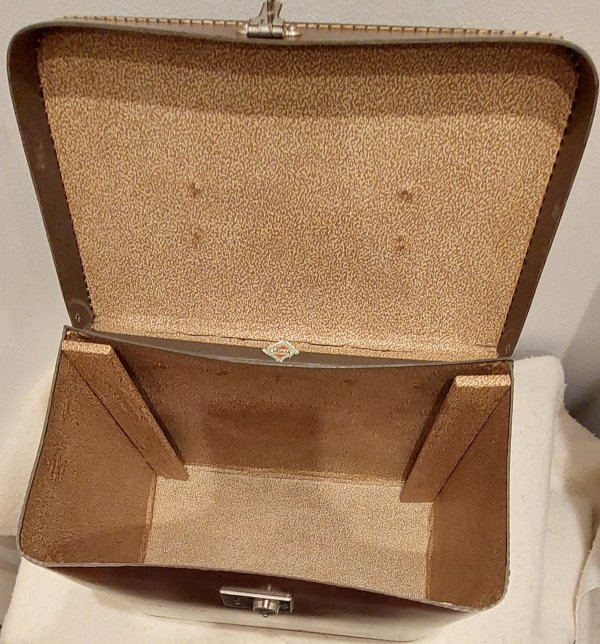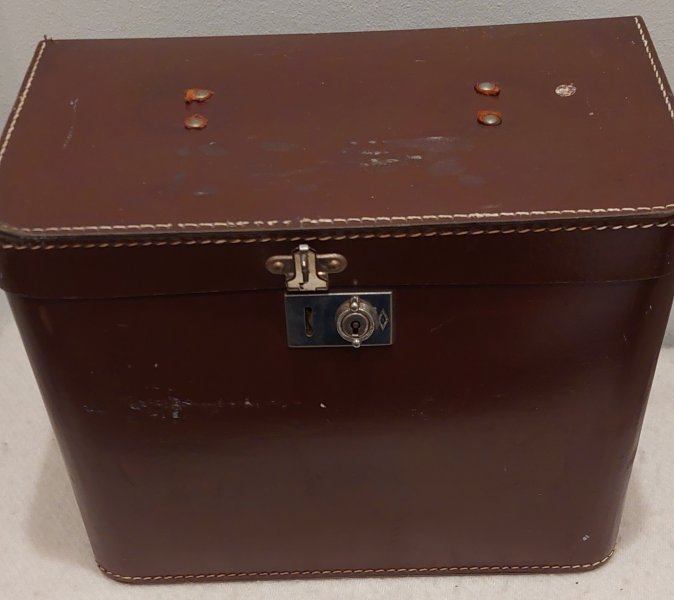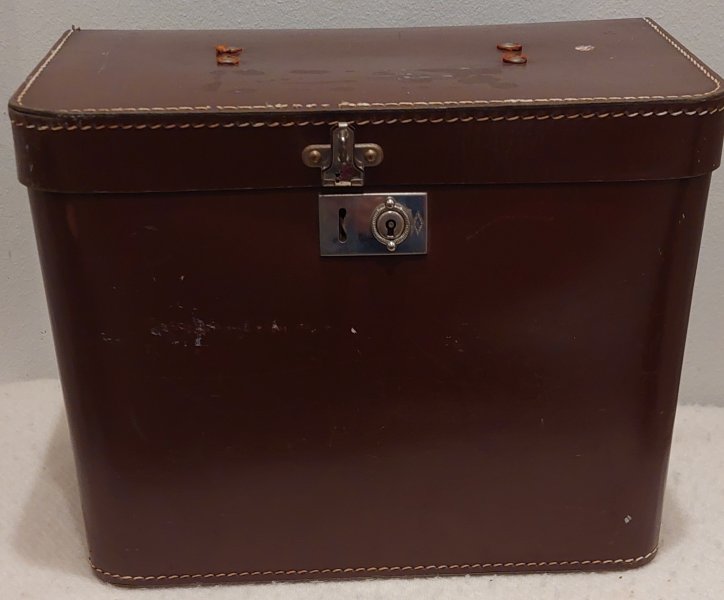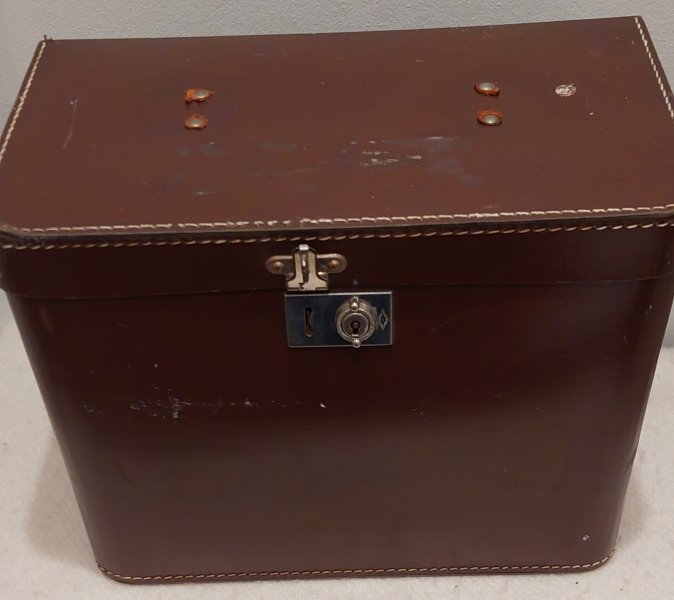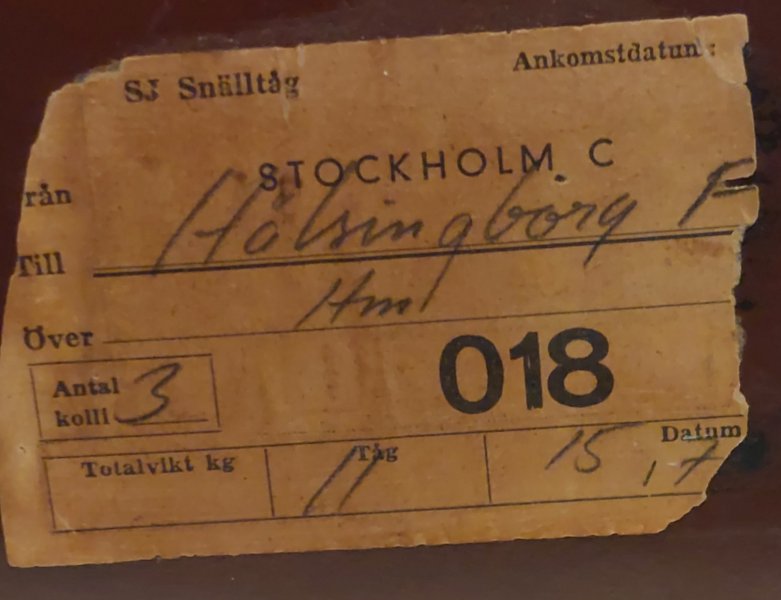Trouser Bark
One of the Regulars
- Messages
- 279
- Location
- I exist in your head
I doubt very much that your teacher's story is true. However, it's a great story to make history come alive.
I also think that the height of rudeness was the lady sitting on Lincoln's hat, or anyone's hat for that matter
Interesting comment. He was not a "teacher" but rather a university history professor. In the US such types are disinclined to invent history as it would impact their tenure and reputation immediately. I think there may be a language issue here as well as it is not rude for the lady to have made an error. Being inattentive, distracted, or having poor situational awareness is not rude behavior as defined in the US. Suggesting that she may have assumed an 8" diameter pipe might fit in her tail however, would meet the definition of rude nicely.


